
At Khandwala Eye Hospital You will be cared by an excellent Ophthalmologists for both your preoperative and postoperative visits. Here, Laser Vision Correction includes a pre-procedure visit and a thorough examination, the procedure itself, and all follow-up care to ensure the best possible results.
Basic Eye Examination
Look after your Eyes..
An eye exam helps detect eye problems at their earliest stage — when they're most treatable. Regular eye exams give your eye care professional a chance to help you correct or adapt to vision changes and provide you with tips on caring for your eyes. Aside from sleeping, you use your eyesight for nearly every activity you do, from reading to driving to surfing the Internet. And because your eyesight plays such an important role in your daily life, you need to protect your eye health. You can achieve that goal by making regular appointments at your optometrist’s office. At an eye appointment, you can expect to undergo several basic tests. Learn about the most common eye tests so you know what to expect at your next optometrist visit.
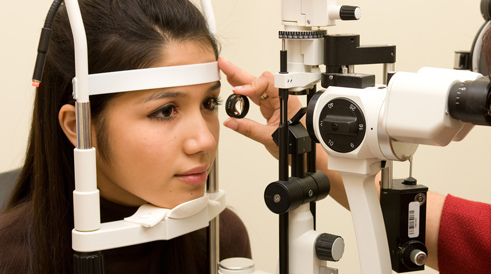
A Basic Eye Examination.
Our Surgeons are among the most highly qualified to perform this delicate surgery, using computerised advanced lasers to provide optimum results.
Our Laser Vision correction facilities and equipment are state-of-the-art and specially designed to make your procedure as safe, comfortable, and efficient as possible.
Every procedure is performed in a clean, sterile environment. Our knowledgeable, friendly staff is always available to answer questions, offer support, and explain
the procedure.
A Walkthough Video of Basic Eye Exam..
Selecting the appropriate examination.
Not all examinations need be carried out on every patient: examination should be based on the history, the possible diagnoses and, therefore, the signs you are looking for. A refraction test helps determine the extent of a patient's refractive error (nearsightedness, farsightedness, astigmatism), as well as the proper prescription for glasses and contact lenses. A small handheld instrument called a retinoscope is used to examine light refraction of the eye. If you have a health condition like high blood pressure, work in a job that requires you to use your eyes a lot, or take drugs that can affect eyesight, you may need more frequent exams.
Six Eye Tests In A Basic Eye Exam
- Visual Acuity Test
- Retinoscopy Test
- Refraction Test
- Keratometry Test
- Visual Field Test
- Pressure Measurement
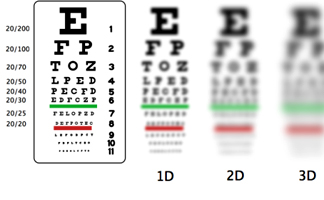
This test is probably what you think of when you picture yourself at the eye doctor. Using one eye at a time, you’ll read letters from a sign that is positioned a specific distance away from you. Your optometrist uses your responses to determine how each eye’s vision level compares to standard 20/20 vision.

A retinoscopy allows the optometrist to approximate your optimal lens prescription. As you gaze through the phoropter, the eye doctor flips different lenses in front of your eyes. You focus on a prominent object in front of you (often the “E” on the top row of an eye chart). The optometrist shines a light into your eyes and watches how the light affects your eyes with different lenses.

Throughout the test you see a series of lens pairs. The optometrist repeatedly asks you which of two lens options lets you see more clearly. Based on your answers, the optometrist determines whether your eyes are nearsighted, farsighted, or affected by astigmatism. This test may also show that you don’t need prescription vision correction.
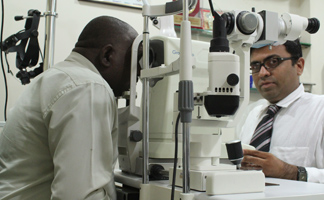
This test measures the shape and curve of the outside of the eye, known as the cornea. The cornea’s shape affects how your light perceives and reflects light. Some people have corneas with steep or elongated curves, which results in a condition known as astigmatism. Optometrists use keratometry tests to detect astigmatism.
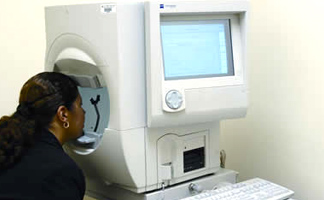
While people tend to focus on whatever our eyes look directly at, we can also see objects on the sides of our field of vision. This viewing area is known as our peripheral vision. Visual field tests evaluate our peripheral vision. Several types of peripheral visual field tests exist depending on the sensitivity of your vision. Visual field tests are used to detect blind spots (scotomas), which could be a sign of eye diseases. The size and shape of a scotoma offer important clues about the presence and severity of diseases of the eye, optic nerve and visual structures in the brain. Many eye and brain disorders can cause peripheral vision loss and other visual field abnormalities.
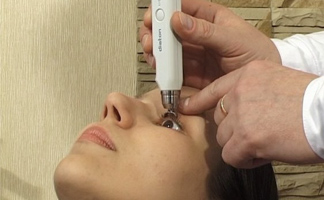
An intraocular pressure test measures the force or pressure created by the fluid in your eyes. An abnormal level of eye pressure can be a warning sign of glaucoma. Your optometrist may perform a manual intraocular pressure measurement as well to get a more precise reading. This test uses special instruments that gently touch your eye to measure the internal pressure. Before the test, the optometrist will apply anesthetic eye drops to ensure you don’t feel the instruments during the test.
Summary : These descriptions of common eye tests should make it clear that eye exams are simple and painless. Make regular visits to a local eye doctor so your eyes can receive these important tests. If your optometrist performs additional tests at your appointment, ask him or her to explain them.
Examination frequency for the Kids.
Children considered to be at risk for the development of eye and vision problems may need additional testing or more frequent re-evaluation. Factors placing an infant, toddler, or child at significant risk for visual impairment include :
- Prematurity, Low birth weight, Oxygen at birth, grade III or IV Intraventricular hemorrhage.
- Family history of retinoblastoma, congenital cataracts, or metabolic or genetic disease.
- Infection of mother during pregnancy (e.g., rubella, toxoplasmosis, venereal disease, herpes, cytomegalovirus, or AIDS)
- Difficult or assisted labor, which may be associated with fetal distress or low Apgar scores
- High refractive error | Strabismus | Anisometropia
- Known or suspected central nervous system dysfunction evidenced by developmental delay,
cerebral palsy, dysmorphic features, seizures, or hydrocephalus.
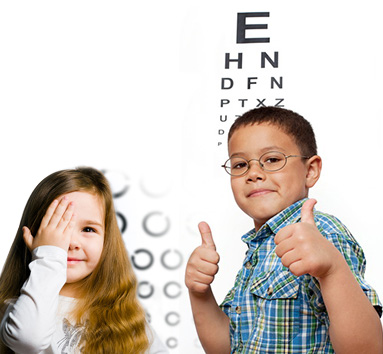
Examination frequency for the Adults.
Adults are considered to be at risk for the development of eye and vision problems may need additional testing for:
- With Diabetes, Hypertension, or a family history of ocular disease (e.g., glaucoma, macular degeneration).
- Working in Occupations that are highly demanding Visually or Eye hazardous.
- Taking prescription or non-prescription drugs with ocular side effects.
- Wearing Contact lenses or who have had Eye surgery.
- With other Health concerns or conditions.
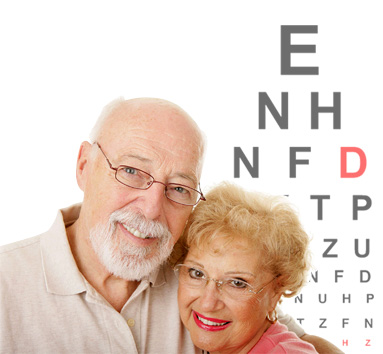
FAQ
Why is it so important for people to have regular eye examinations ?

